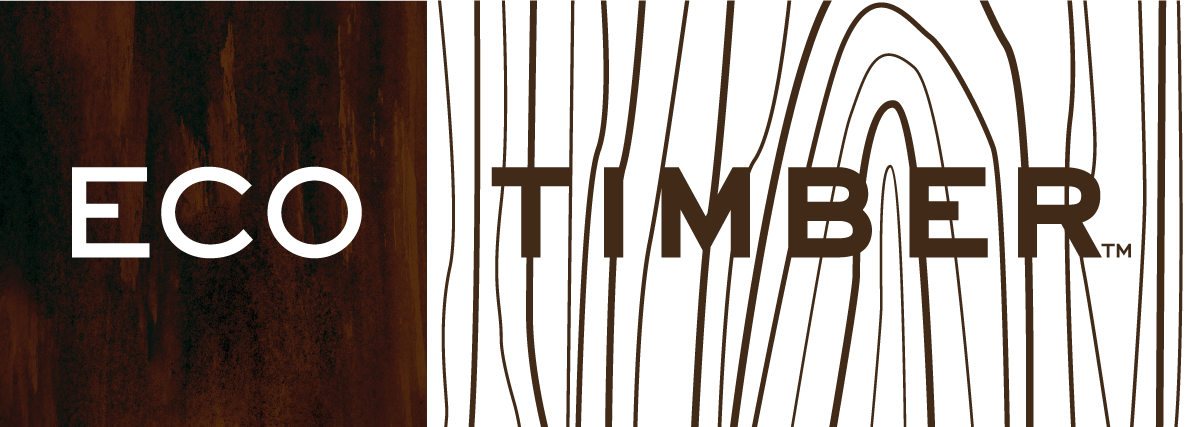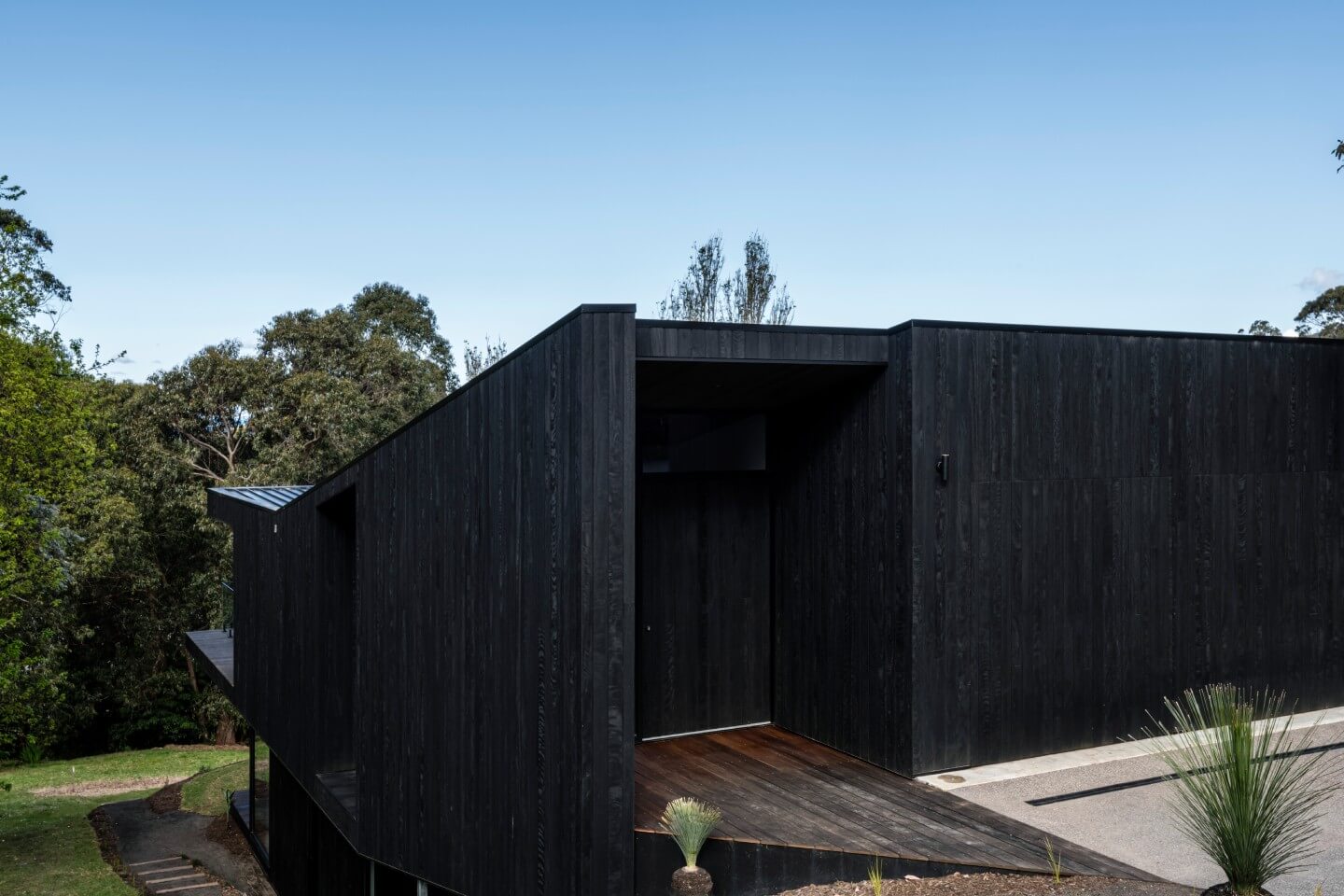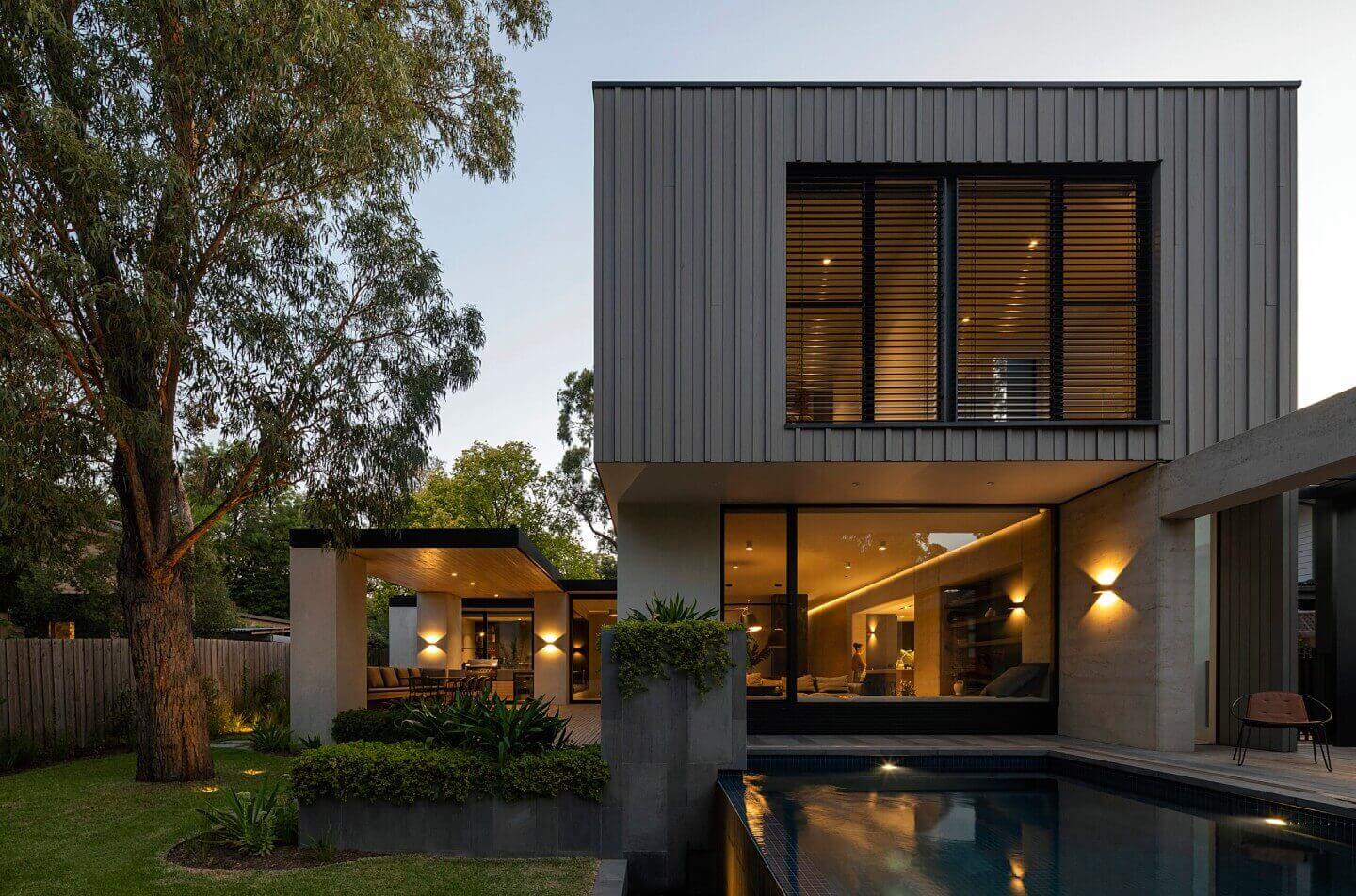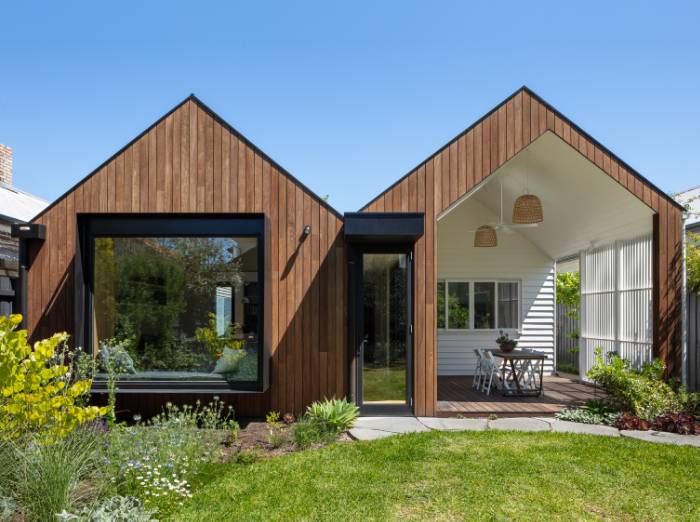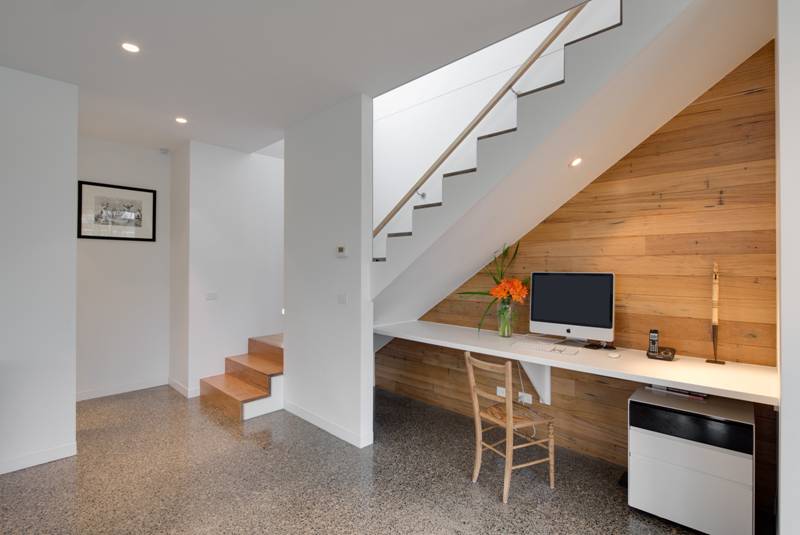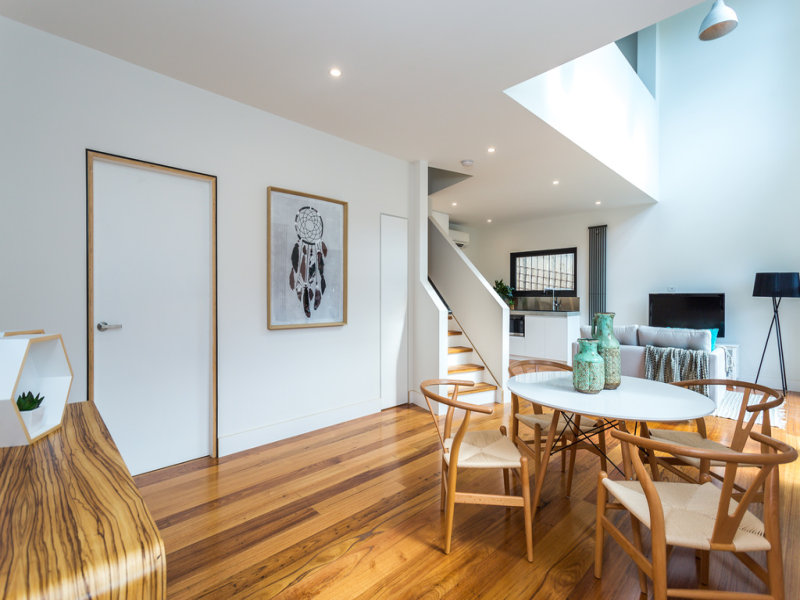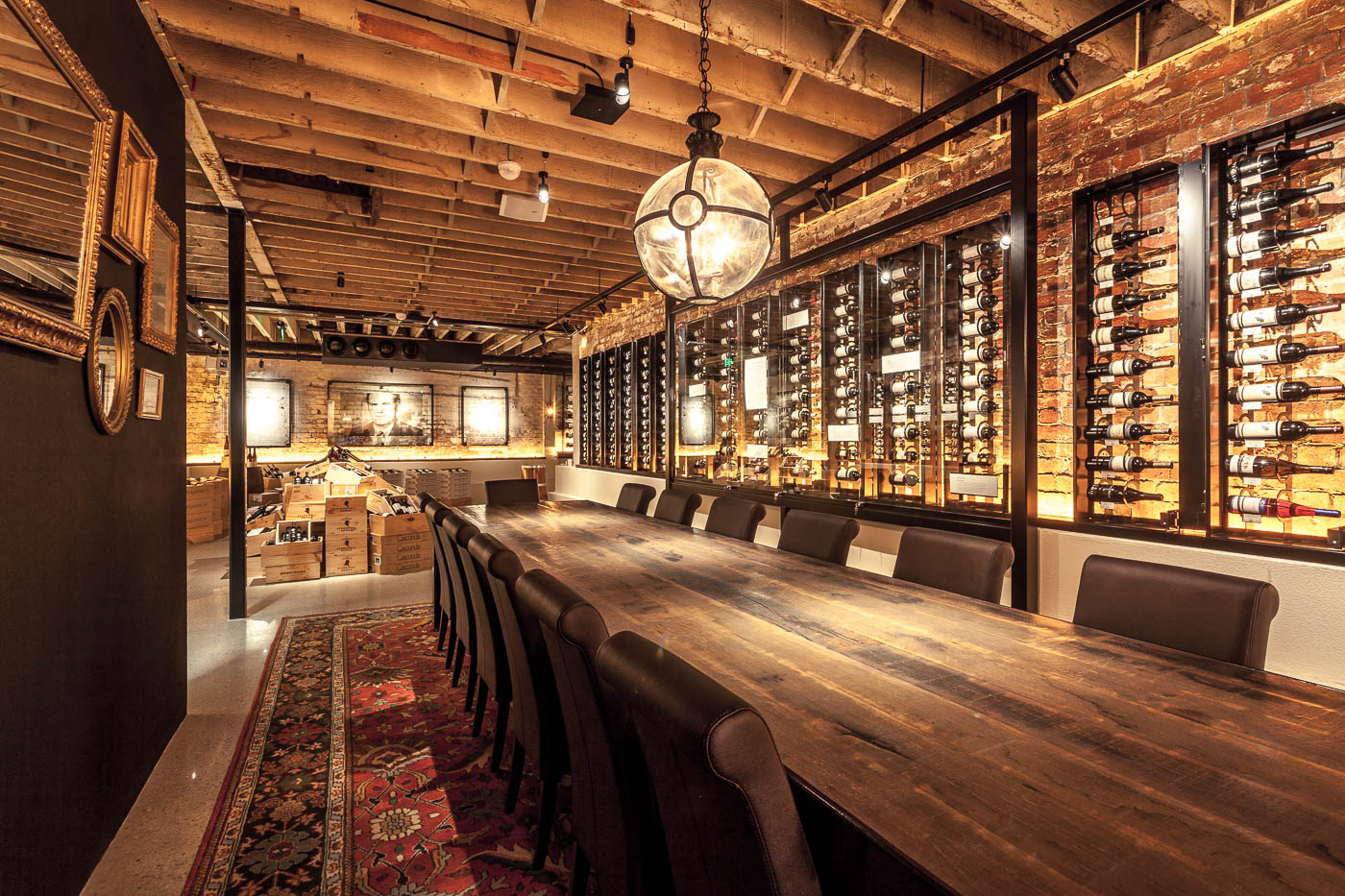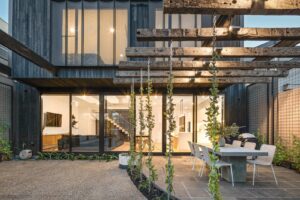In the realm of modern architecture, biophilic design has emerged as a crucial paradigm, focusing on the deep-seated human need to connect with nature. Timber cladding plays a pivotal role in this approach, seamlessly integrating natural elements into built environments to enhance both aesthetics and the well-being of occupants.
Understanding Biophilic Design
Biophilic design goes beyond mere inclusion of plants and green spaces in urban settings; it embeds the essence of nature into the very fabric of architecture, promoting health, environmental sustainability, and a stronger connection to the natural world. The use of natural materials, especially timber, is fundamental in achieving these objectives.
Principles of Biophilic Design
- Visual Connection with Nature: Incorporating elements that offer a direct, meaningful presence of nature visible through the use of materials, colors, and textures that mimic the natural environment.
- Material Connection with Nature: Utilizing materials that are natural or mimic natural materials to create an innate connection between the indoor environment and the natural world outside.
Benefits of Timber Cladding in Biophilic Design
- Aesthetic Appeal: Timber provides a warm, inviting appearance that is almost universally appreciated, which can reduce stress and enhance creativity and cognitive function.
- Natural Durability: When properly treated and maintained, timber cladding offers excellent durability and resilience, withstanding various environmental conditions while aging gracefully.
- Sustainability: Often sourced from sustainable forests and capable of being recycled, timber cladding aligns with the environmental aspects of biophilic design, contributing to a building’s overall sustainability.

Psychological and Physical Impact
- Improved Mental Well-being: Studies have shown that incorporating wood and other natural materials in interiors can lower blood pressure, heart rate, and stress levels.
- Enhanced Air Quality: Timber has the ability to moderate humidity, contributing to improved indoor air quality which is crucial for both comfort and health.
- Thermal Comfort: Timber’s natural thermal properties contribute to a building’s thermal efficiency, enhancing comfort without excessive reliance on mechanical heating or cooling.
Timber cladding’s role in biophilic design extends beyond mere functionality; it embodies a philosophy that integrates the building into its natural setting, promoting not only environmental sustainability but also a healthier, more psychologically fulfilling lifestyle. The tactile and visual warmth of wood can transform cladding from a simple shell into a meaningful connection with nature, fostering a sense of peace and belonging among inhabitants.
Innovative Applications of Timber Cladding in Biophilic Design
Timber cladding offers architects and designers versatile options for embedding natural elements into urban architectures, thus enhancing the biophilic quality of buildings. From external facades to interior features, timber cladding can be innovatively used to create spaces that not only look natural but also feel inherently connected to the environment.
Design Strategies Incorporating Timber Cladding
- Exterior Facades: Timber cladding on building exteriors can mimic the surrounding landscape, helping structures blend into natural settings or stand out as eco-friendly features in urban environments.
- Interior Walls and Ceilings: Using timber cladding inside buildings promotes a naturalistic and inviting atmosphere, beneficial in places such as hospitals, offices, and homes where well-being is paramount.
- Mixed Material Usage: Combining timber with glass, stone, and metals can enhance the sensory experience, offering contrasts that highlight the unique texture and color of wood.
| Application Area | Benefits | Typical Uses | Considerations |
|---|---|---|---|
| Exterior Facades | Enhances building’s natural aesthetic; blends or contrasts with the environment | Commercial buildings, residential homes | Requires weather-resistant treatments |
| Interior Walls | Promotes a warm, inviting atmosphere; improves acoustic properties | Offices, homes, public spaces | Needs regular maintenance to preserve appearance |
| Ceilings | Adds visual warmth and texture; enhances acoustics | Hotels, corporate buildings, residences | Fire safety treatments may be necessary |
| Mixed Material Designs | Creates dynamic, sensory-rich environments | Cultural centers, modern homes, galleries | Complex design considerations to ensure structural integrity |
Challenges and Solutions in Timber Cladding
While timber cladding significantly contributes to biophilic design, it also presents challenges such as maintenance, durability in harsh weather conditions, and the risk of pests. Addressing these concerns is crucial for sustainable application.
Overcoming Challenges in Timber Cladding
- Maintenance and Durability: Proper treatment and regular maintenance are essential to protect timber from weathering, decay, and pests. Using modern preservatives and finishes can greatly extend the life and appearance of timber cladding.
- Fire Resistance: Enhancing timber with fire retardants can mitigate the risk of fire, an important consideration in urban settings.
- Sourcing and Sustainability: Choosing timber from certified sustainable sources ensures that the use of timber supports environmental conservation efforts and responsible forestry practices.
To ensure the maintenance and durability of our timber cladding, we use a specialized treatment regimen, including the application of Cutek® Extreme preservative. This treatment is specifically formulated to protect timber from harsh weather conditions, decay, and pests, which are critical factors in maintaining the longevity and appearance of the cladding.
Enhanced Treatment Process for Our Timber Cladding
- Pre-treatment: Before installation, each piece of our timber cladding undergoes pre-treatment with Cutek® Extreme, which deeply penetrates the wood fibers to provide robust protection against moisture and environmental degradation. This preservative is renowned for its ability to extend the lifespan of wood products significantly.
- Protective Finishes: Following the initial pre-treatment, the timber is coated with a high-performance, UV-resistant finish that not only enhances the aesthetic appeal of the timber but also fortifies its resistance to sun damage and weathering. This layered approach ensures that our timber cladding remains durable and beautiful, with minimal maintenance requirements over time.
These treatments significantly enhance the resilience of our timber cladding, ensuring that it stands up to various environmental challenges while maintaining its natural beauty and structural integrity.
Future Trends in Timber Cladding and Biophilic Design
The future of biophilic design incorporating timber cladding looks promising, with innovations focusing on enhancing the material’s environmental credentials and functionality. Advances in material science are expected to improve the performance of timber, making it more adaptable to various climates and building needs.
Innovations to Watch
- Engineered Timber Products: Developments in engineered wood products offer greater strength and stability, opening new possibilities for timber in structural applications.
- Smart Timber Technologies: Integration of technology in timber cladding, such as embedded sensors to monitor health and environmental impact, is on the horizon.
- Eco-friendly Treatments: Research into less toxic and more effective wood treatments will continue to enhance the sustainability profile of timber cladding.
In conclusion, timber cladding is a cornerstone in the pursuit of biophilic design, providing aesthetic, psychological, and physical benefits. As the construction industry moves towards more sustainable practices, the role of timber cladding is set to grow, driven by both technological advancements and a deeper understanding of its benefits to human well-being and environmental health. This natural and versatile material is not just a trend but a profound approach to modern architecture that harmonizes human habitats with the natural world.
